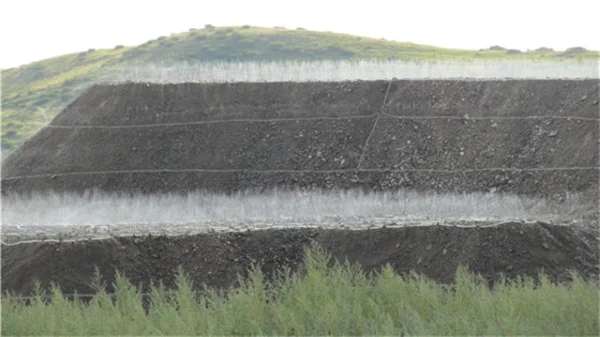
The Prevalence of Cyanidation and the Danger of Cyanide
Cyanidation is widely used by the majority of gold mines globally and will likely remain prevalent in the coming years. However, Cyanide is a dangerous toxic pollutant. Its presence in wastewater and tailings can severely impact humans and the environment. Thus, it is essential to control these contaminants.
Cyanide Leaching Process and Its By - products
Cyanide leaching converts gold into water - soluble cyanide complexes and is currently the most common and effective process for extracting gold from ores. This process requires an excess of cyanide to enhance gold recovery, generating cyanide - containing waste in the form of tailings and water. Free cyanide, the primary by - product in the metallurgical process, is considered the most toxic form of cyanide as it can cause harmful effects even at relatively low concentrations. Other cyanide species can easily dissolve into free cyanide under acidic conditions.
The Necessity of Treating Cyanide - containing Tailings
The natural attenuation of cyanide in tailings to a bio - harmless level takes a long time. Therefore, cyanide - containing tailings should be treated before being discharged into the environment to avoid adverse impacts on the receiving environment. The decomposition of cyanide in Gold leaching tailings has been one of the greatest challenges faced by gold mines in the past few decades. Hence, proper treatment of cyanide in tailings is necessary to avoid or minimize environmental and health problems.
Existing Treatment Techniques for Cyanide
Over the years, several biological, physical, and chemical techniques, as well as electrolytic oxidation and other methods for decomposing or recovering cyanide, have been developed to treat cyanide solutions. Currently, techniques widely used in the industrial production of cyanide decomposition include the INCO process, the alkaline chlorination process, the activated carbon process, the ozonation process, the hydrogen peroxide oxidation process, and hydrogen cyanide recovery. The INCO and alkaline chlorination processes are used to remove high - concentration cyanide but cannot completely degrade cyanide. Activated carbon can adsorb and aggregate cyanide but cannot decompose it. The ozonation and hydrogen peroxide oxidation processes are used to treat low - concentration cyanide with less secondary pollution, but they are relatively costly. Hydrogen cyanide recovery can reduce cyanide content and costs but does not meet the requirements for tailings backfilling.
Backfilling Technology and Cyanide Removal Research
Backfilling technology is the best option for mines to break through the bottlenecks of resources, environment, and safety. However, harmful substances such as residual metal materials and solvents in gold - leaching tailings should be properly treated before backfilling to prevent groundwater pollution. Research on cyanide removal has mainly focused on industrial wastewater. Research on cyanide removal in gold - leaching tailings, including wastewater and tailings, is still limited. The mineral composition of gold ores is relatively complex, and chemical substances such as cyanide, activated carbon powder, and hydrogen peroxide are added to the beneficiation process, making the tailings composition even more complex. Most of the residual cyanide in tailings is strongly adsorbed on the mineral surface, and only a small amount of free cyanide and hydrolyzed complex cyanide can enter the leachate. Therefore, it is necessary to explore more effective methods for cyanide removal.
The Complexity of CN⁻ Decomposition and Future Research Direction
The proper decomposition of CN⁻ is a complex process. It requires the combination of multiple methods to improve treatment efficiency and consider treatment economics. Using combined methods to remove cyanide is a promising direction for future research.
- Random Content
- Hot content
- Hot review content
- Toxicity Assessment of Sodium Cyanide and Relevant Hazard Prevention Measures
- အလုပ် ခေါင်းစဉ် : ပြောင်းသာလဲသာ ရှိ သော ဖောက်သည် နှင့် ထောက်ပံ့ ပေး သူ ဆက်ဆံရေး ကျွမ်းကျင် သူMyanmar
- Collector BLK-301/Composite Flotating Active Matter ≥60%
- industry Electric Detonator
- Phosphoric Acid 85% (Food grade)
- Sodium sulphate 99% Pharmacy Grade
- 2-Hydroxyethyl acrylate (HEA)
- 1Discounted Sodium Cyanide (CAS: 143-33-9) for Mining - High Quality & Competitive Pricing
- 2Sodium Cyanide 98% CAS 143-33-9 gold dressing agent Essential for Mining and Chemical Industries
- 3Sodium Cyanide 98%+ CAS 143-33-9
- 4Anhydrous Oxalic acid 99.6% Industrial Grade
- 5Oxalic acid for mining 99.6%
- 6Soda Ash Dense / Light 99.2% Sodium Carbonate Washing Soda
- 7Reagent Grade/Industrial Grade Hydrochloric Acid min.31%
- 1Sodium Cyanide 98% CAS 143-33-9 gold dressing agent Essential for Mining and Chemical Industries
- 2High Quality 99% Purity of Cyanuric chloride ISO 9001:2005 REACH Verified Producer
- 3 High-Quality Sodium Cyanide for Leaching
- 4Powdery emulsion explosive
- 5Industry Grade Electron grade 98% Sulfuric Acid H2SO4 Sulphuric Acid Battery Acid Industrial Sulfuric Acid
- 6Colloidal emulsion explosive
- 7sodium hydrosulfide 70% flakes used Mining Industry

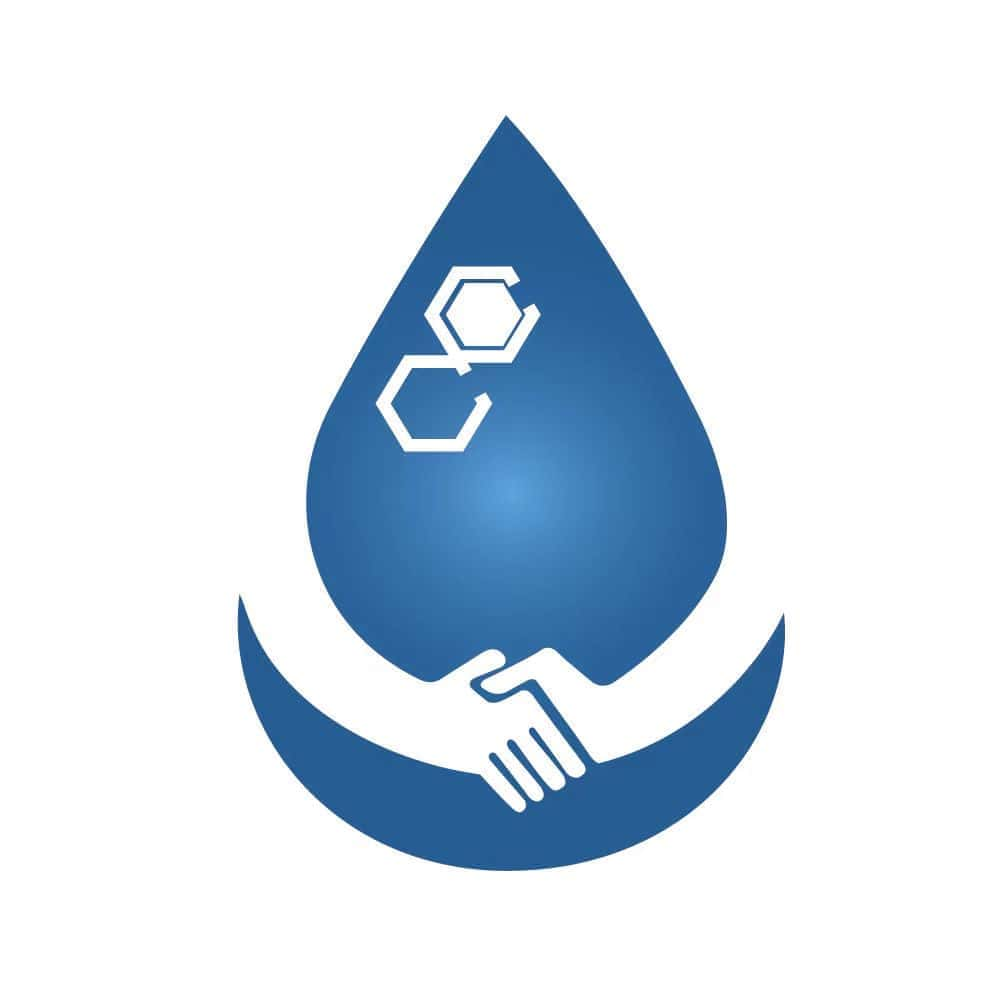
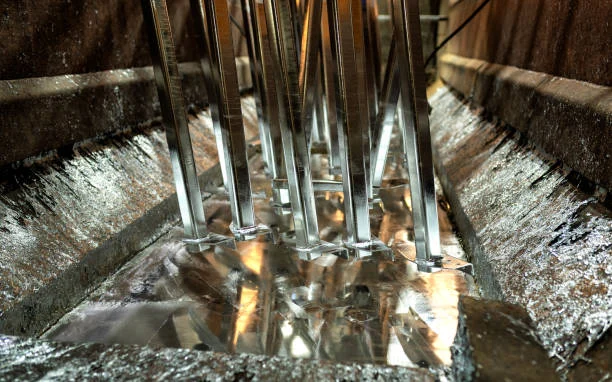
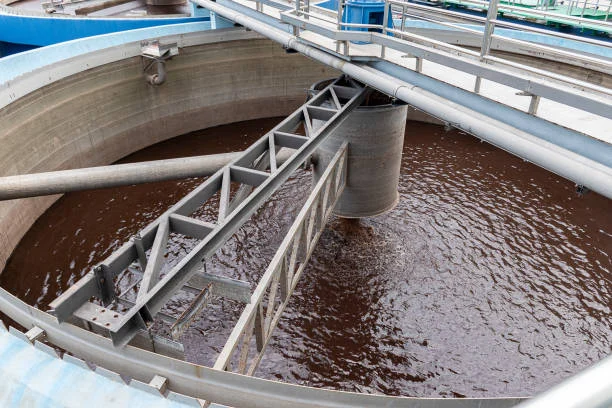
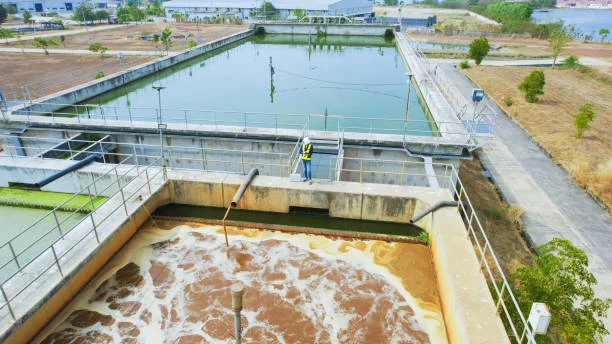
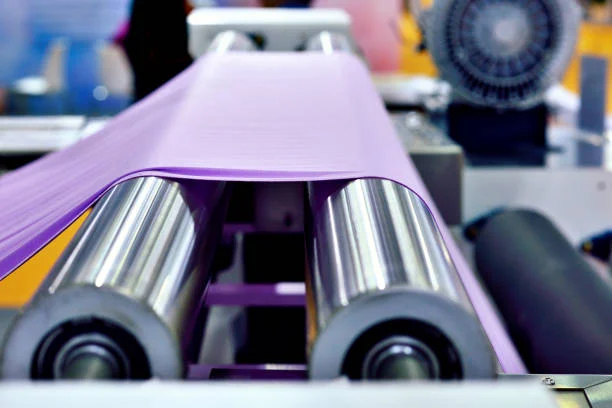
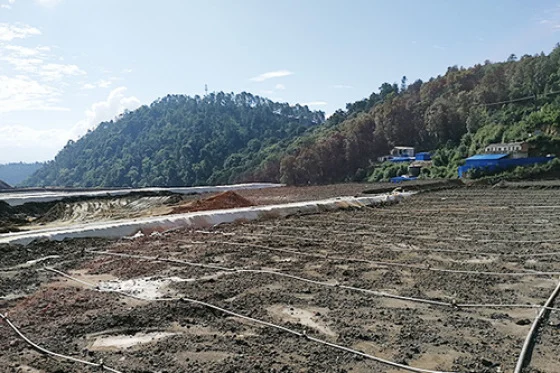
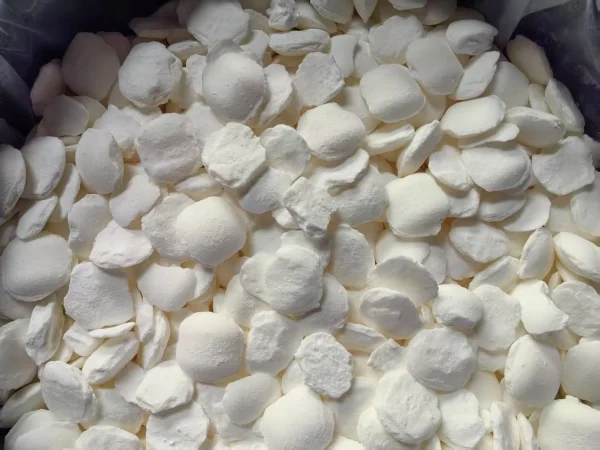
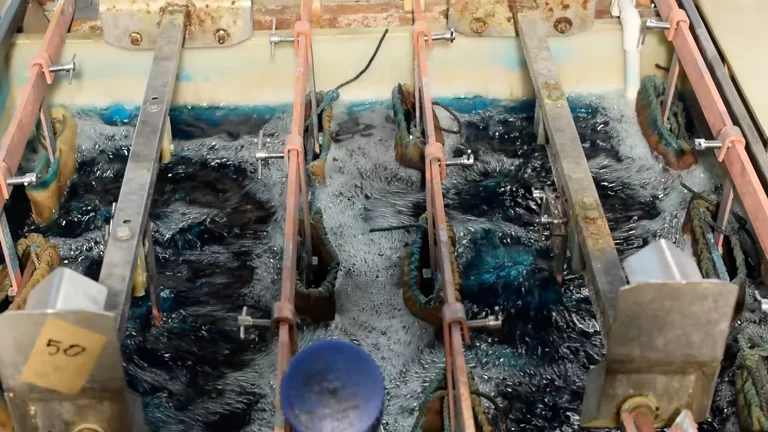



Online message consultation
Add comment: